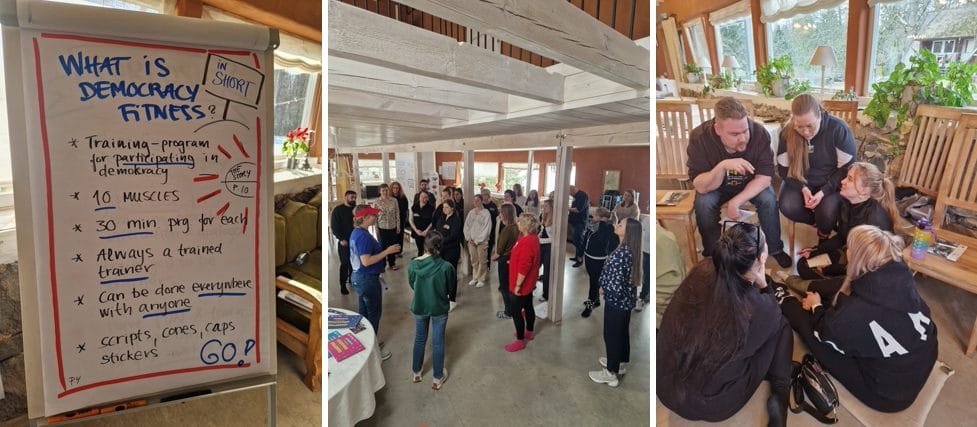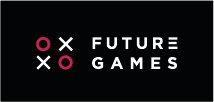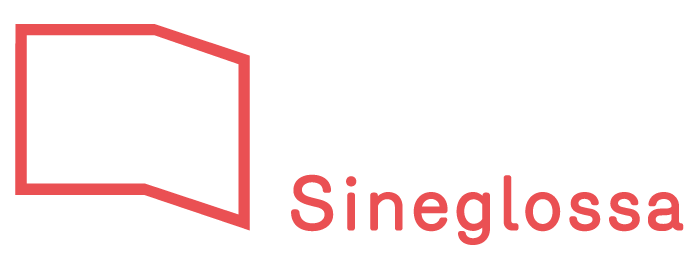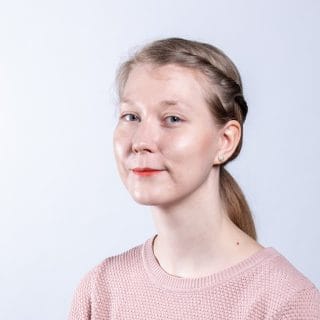
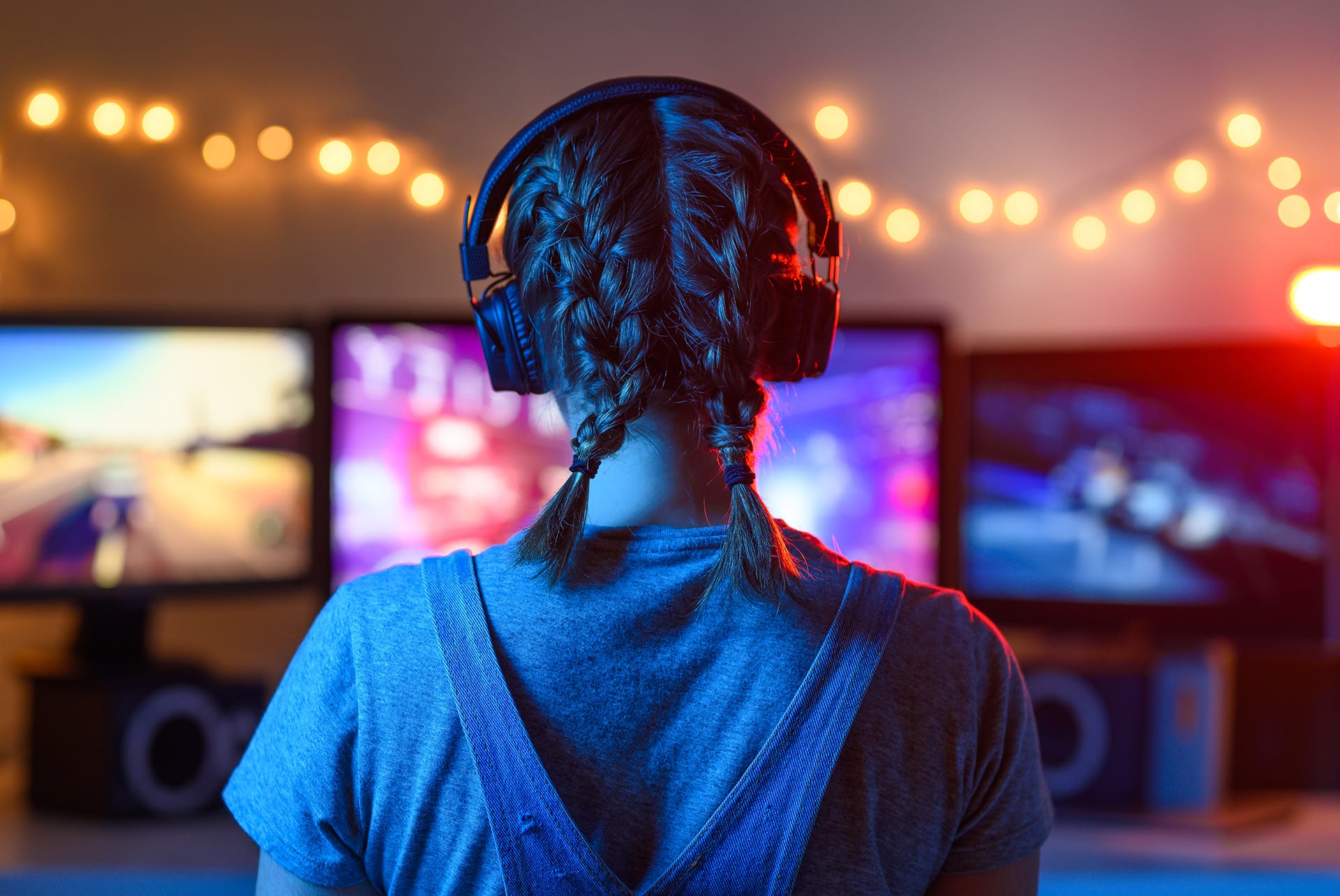
NuGamers
Creative orientation activities for a more gender inclusive gaming education
The project aims to innovate and make vocational education in the gaming sector more gender-inclusive and engaging for women.
Leveling up together!
The project’s specific objectives are: to increase the knowledge and awareness on gender biases in gaming education; to enhance the capacity of VET staff to think and act in a more gender inclusive way; to equip vocational education and training (VET) staff with gender-inclusive tools to be used in orientation activities.
The project will produce: a fact sheet on gender biases in gaming education and how to prevent and overcome them, drawing on a bottom-up analysis with female students and developers; a handbook on how to design more gender-inclusive curricula and orientation activities in gaming education, co-designed and validated with end-users and female students; a toolkit with a set of creative and interactive educational tools (role play, cards, videos) to be used during orientation and training activities.

Project results will innovate VET orientation activities and curricula design in the gaming sector, with the following outcomes: enhanced capacity of VET providers to reach out to girls and increase women participation in their courses; improved cross-sectoral connection between VET/HE fields and school education field; increased awareness on gender dis-balance and violence in the gaming sector; increases awareness of girls and women on their status in relation to STEM/gaming sectors.
Target group
Vocational education and training (VET) staff involved in the design of orientation activities and curricula
Project goals
- Increase the knowledge and awareness on gender biases in gaming education.
- Enhance the capacity of vocational education and training (VET) staff involved in the design of orientation activities and curricula to think and act in a more gender inclusive way.
- Equip VET staff with gender-inclusive tools to be used in orientation activities.
Project staff
Facts
Funded by the European Union. Views and opinions expressed are however those of the author(s) only and do not necessarily reflect those of the European Union or the European Education and Culture Executive Agency (EACEA). Neither the European Union nor EACEA can be held responsible for them.




